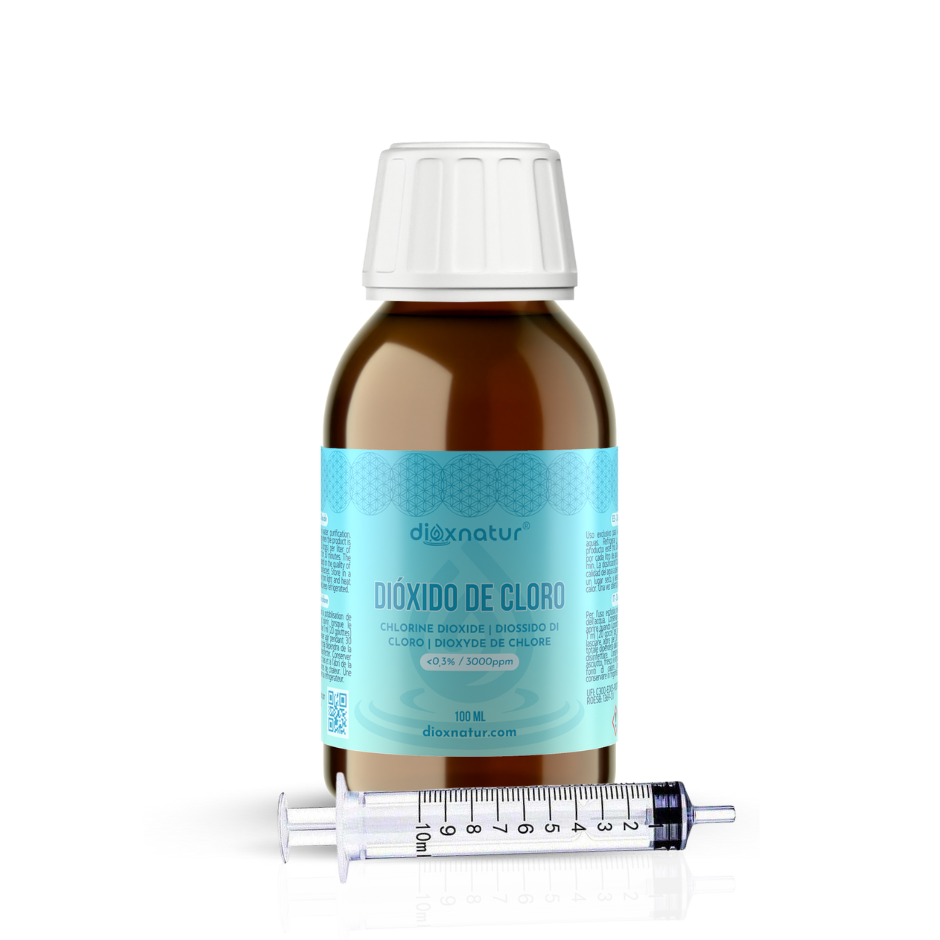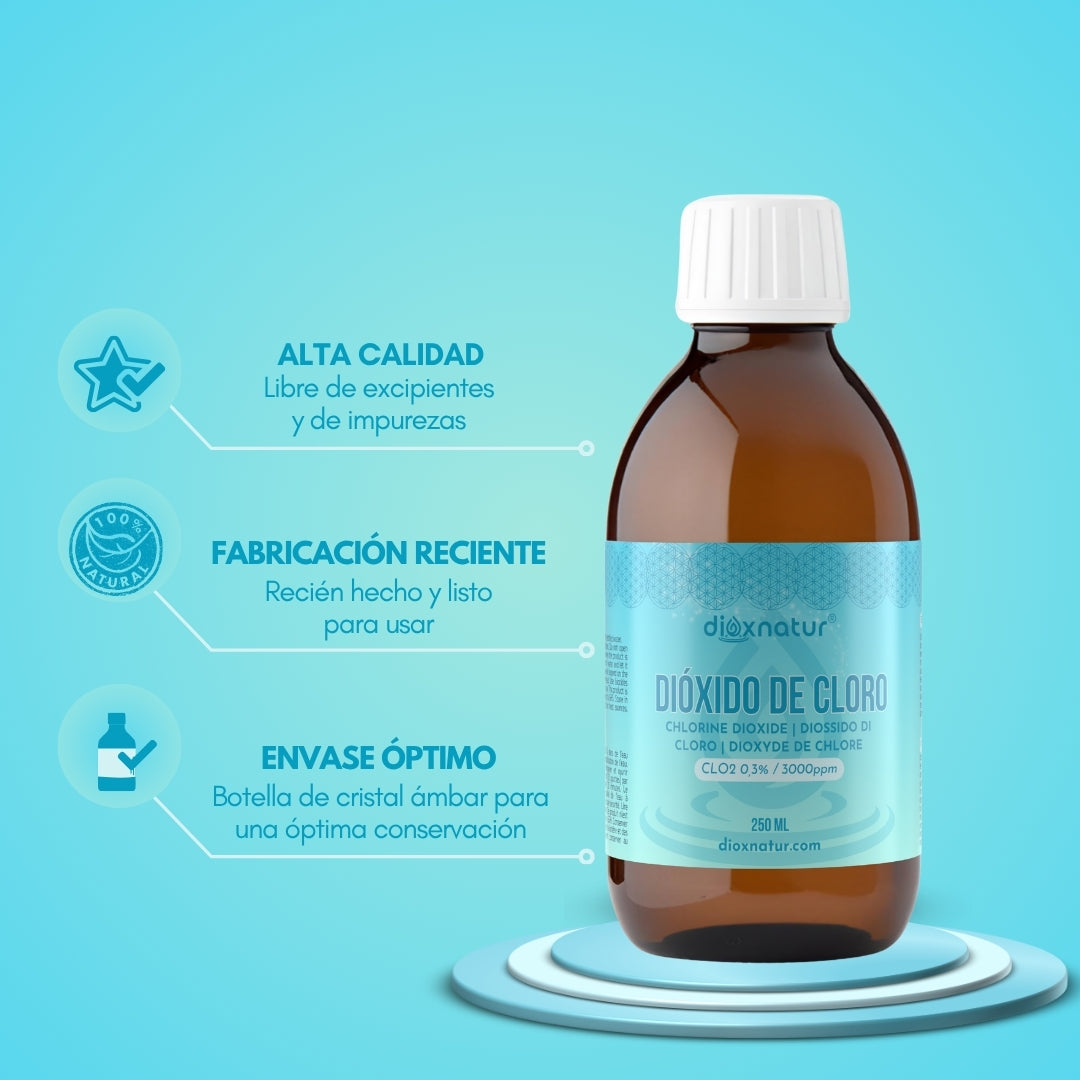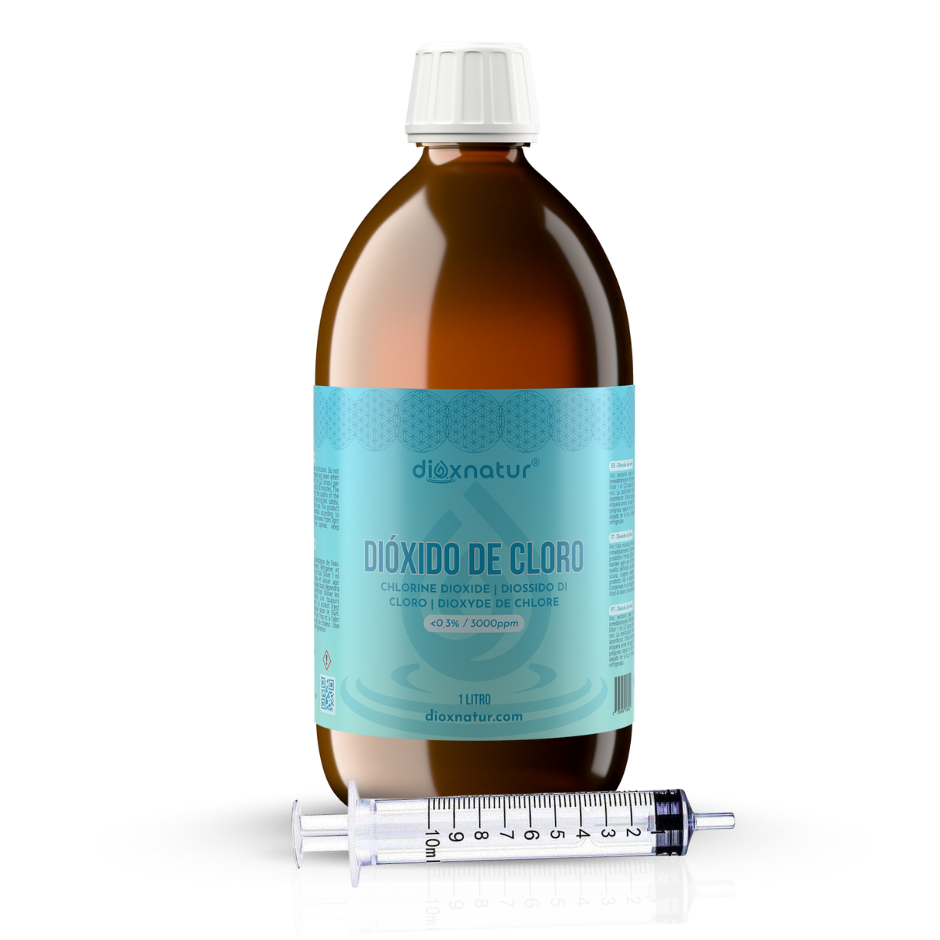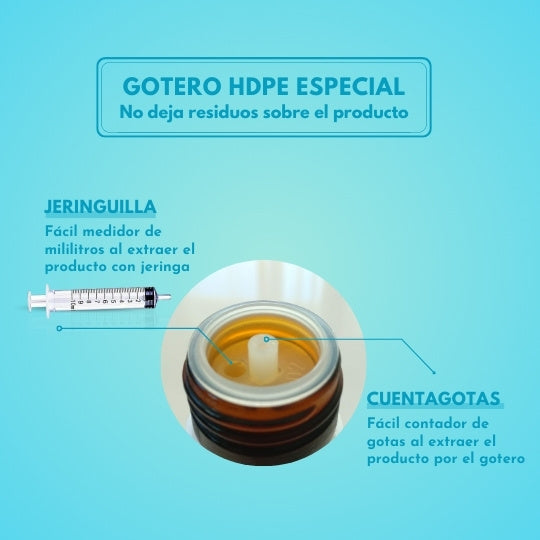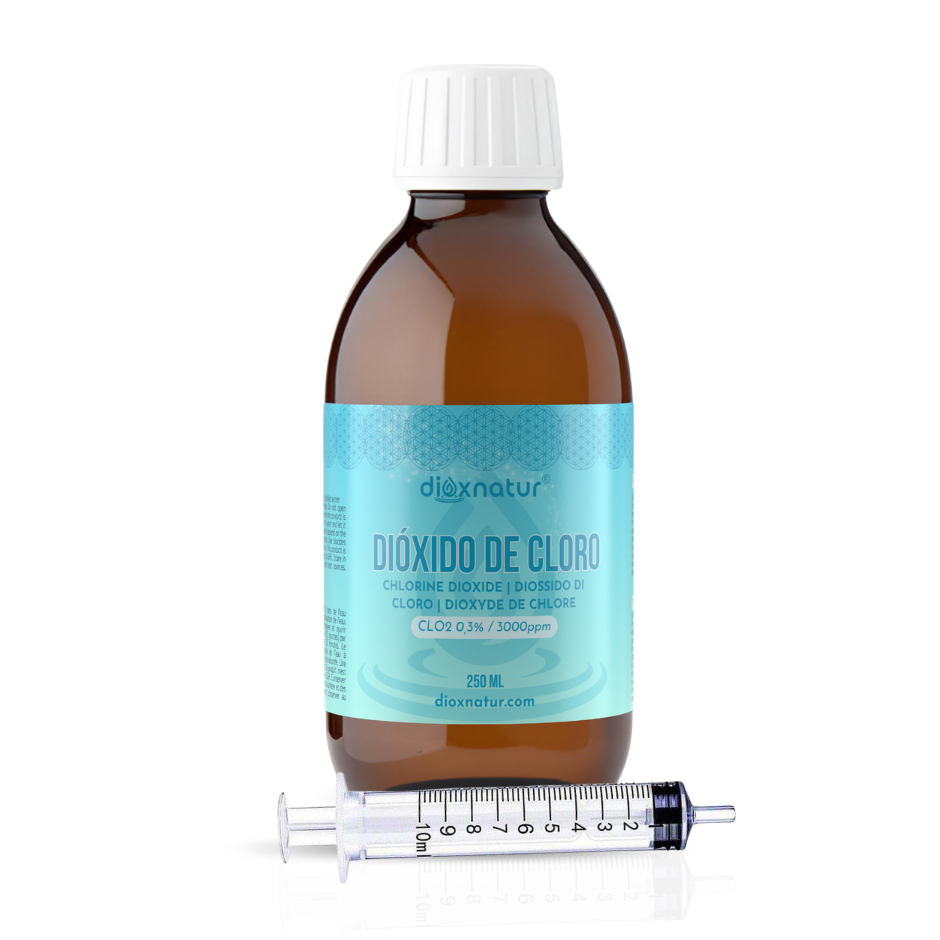Scientific advances have given rise to many substances that today offer incalculable benefits to people's health. This is the case of CDS, which stands out for its easy preparation, use and handling. But what does CDS mean ? Are there other substances that have the same uses as CDS?
The first thing you should know is that CDS is a legal compound and has long been used to purify water. It is also used in some countries such as Bolivia to treat various diseases, citing its healing and regenerative properties for the body.
Biophysicist Andreas Kalcker has conducted various studies on its therapeutic uses and presents his findings on his official website, where he also proposes protocols for various pathologies with frequency and dosage of use.
Without further ado, it's time to learn what stabilized chlorine dioxide is , why CDS is called that , and many more details.
What is CDS?
Chlorine dioxide dissolved in water is what CDS means in Spanish . Chlorine dioxide is a gas that can be obtained in several ways. The best known is chemically, from the mixture of 25% sodium chlorite and 4% hydrochloric acid. This gas reacts chemically and saturates in distilled water, thus becoming a liquid substance that can be used for various purposes. Today there are much more effective processes to obtain CDS, such as electrolysis where we use only sodium chlorite.
For example, it is ideal for eliminating and preventing the spread of microorganisms, bacteria and fungi on a surface.

However, it should be noted that chlorine dioxide can be found on the market at different concentrations. CDS is prepared at a specific concentration that results in CDS 3000 PPM or 0.3%.
Differences between CDS, MMS, CD, and ClO2 (chlorine dioxide)
The main difference between CDS, MMS, CD and ClO2 is in the percentage composition of the chemicals used for their preparation. Let's look at it a little more below.
What is MMS?
MMS stands for “ Miracle Mineral Substance ” and is made from sodium chlorite (NaCl2) and citric acid. This is the name given to the mixture by Jim Humble.
What is CD?
CD stands for Chlorine Dioxide and is the acronym used in English to refer to Chlorine Dioxide. This term arose years after Jim Humble created MMS. By then, MMS, as we have already indicated, was manufactured with citric acid. However, citric acid is no longer used for the production of chlorine dioxide and instead 4% hydrochloric acid is used, resulting in CD, which is much less aggressive than its predecessor, MMS.
What is ClO2, Chlorine Dioxide?
ClO2 is the formula to describe the components of a chlorine dioxide molecule . That is, it is made up of 3 atoms of which one is chlorine “Cl” and two are oxygen “O2”.

What is better CDS or MMS?
As mentioned above, both substances have the same utility. These include the following:
- It acts as a powerful disinfectant to eliminate any bacteria, microorganisms, fungi, among others.
- Make water drinkable.
- It is not harmful or toxic in small doses.
However, each of them has its advantages and disadvantages compared to the other.
Advantages of CDS
✅ It doesn't taste like anything
✅ Very easy to use
✅ It is already activated
Disadvantages of CDS
🚫 It must be kept refrigerated
Advantages of MMS
✅ Easy to transport
✅ No refrigeration required
Disadvantages of MMS
🚫 Stronger flavor
🚫 You have to activate it
Origin of CDS
As we have seen previously, CDS has its origin in the first formula developed by Jim Humble based on Sodium Chlorite and Citric Acid, which later evolved into CD (replacing citric acid with hydrochloric acid) to finally arrive at today, where we find ourselves before an aqueous solution of chlorine dioxide as a result of an electrolysis process (in the best of cases) using Sodium Chlorite as the only component and resulting in an effective, pure and residue-free product.



